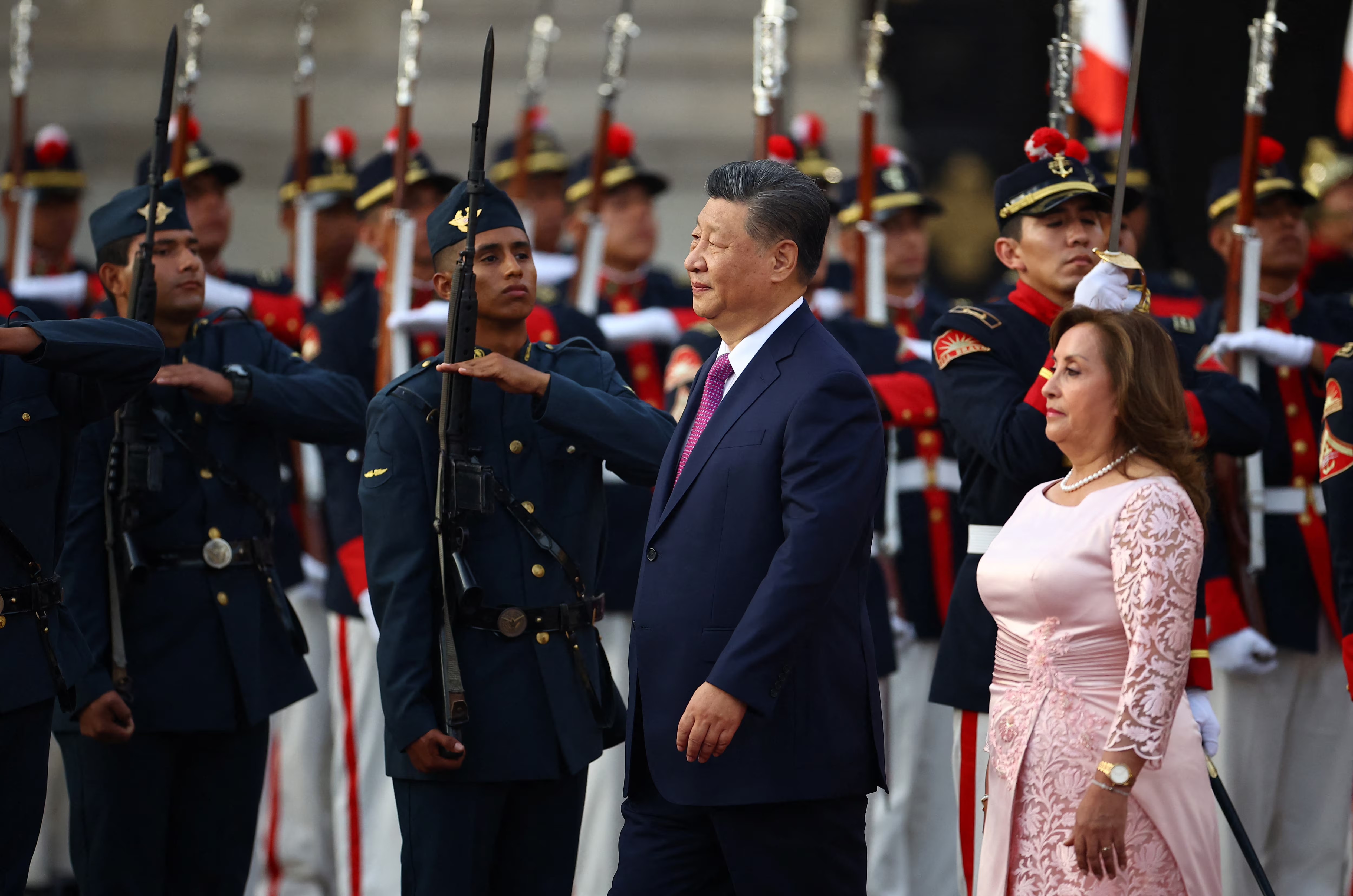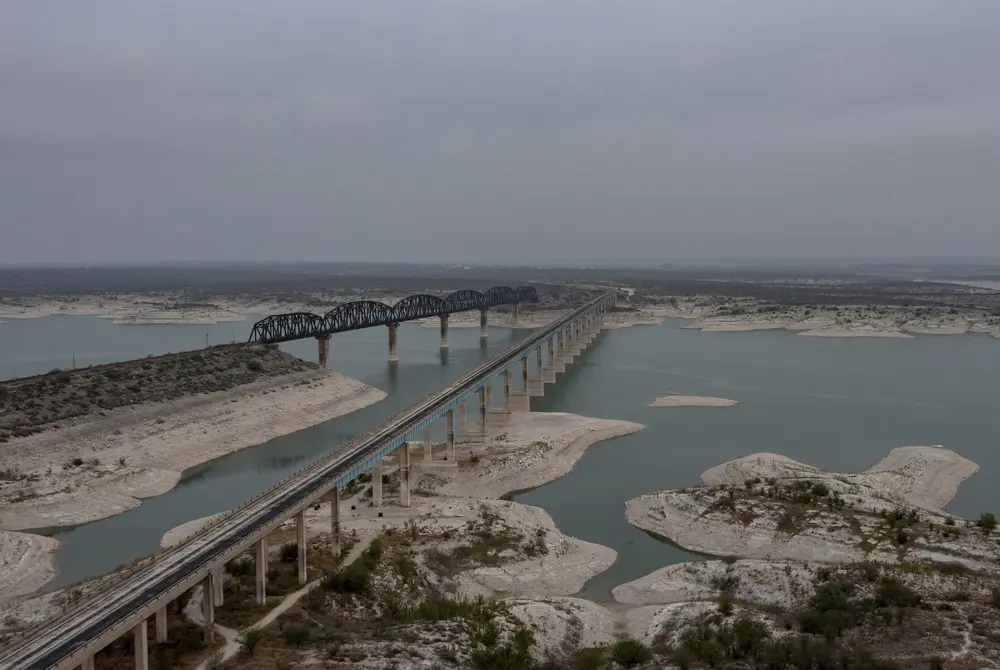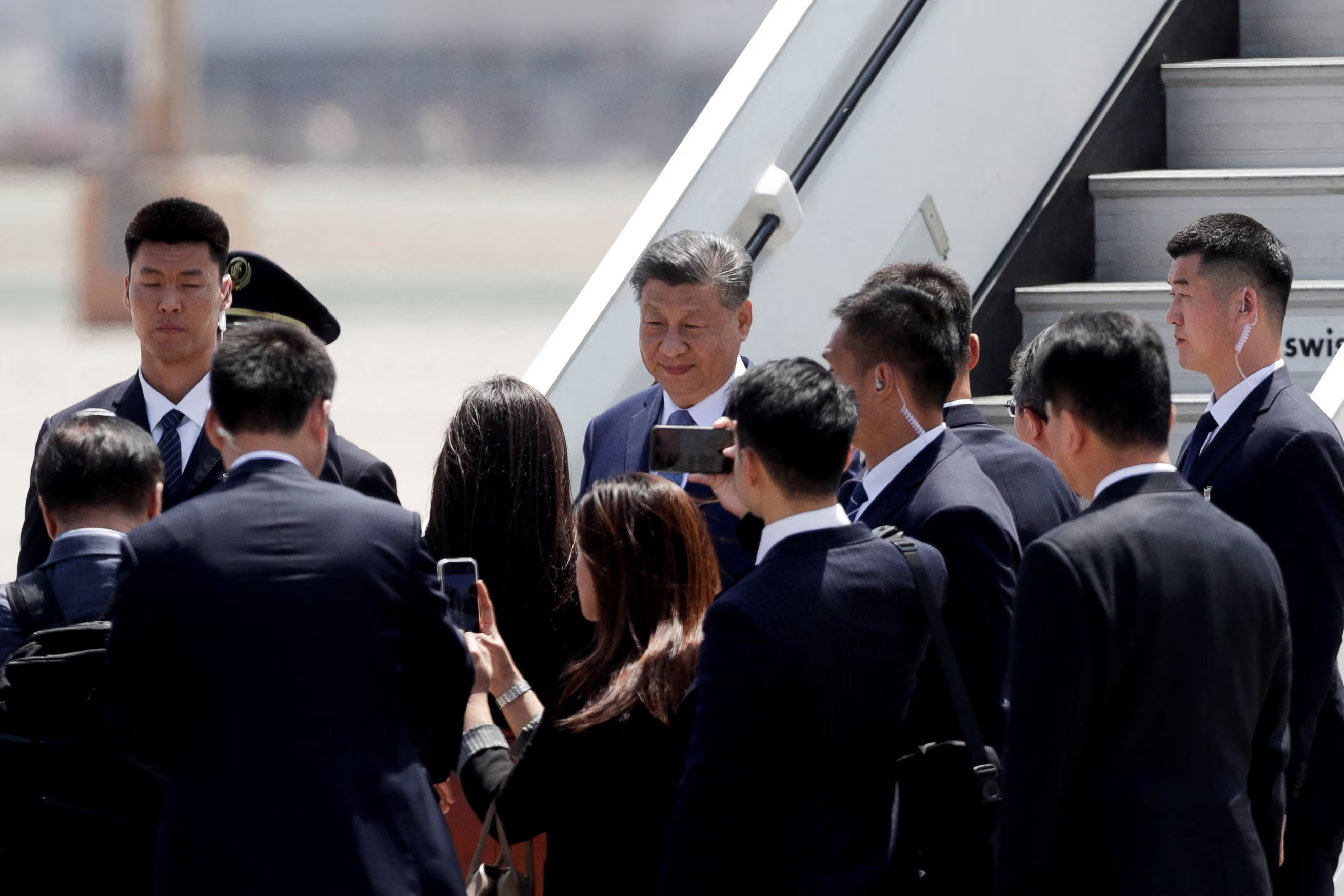China’s Strategic Push into South America: Xi Jinping Unveils $1.3 Billion Deep-Water Port in Peru
Chinese President Xi Jinping has embarked on a week-long diplomatic tour of South America, marking a significant milestone with the inauguration of a massive deep-water port in Peru. This $1.3 billion project, a cornerstone of China’s Belt and Road Initiative (BRI), underscores Beijing’s determination to expand its influence and strengthen trade ties across the continent.
The Chancay Port, located approximately 80 kilometers (48 miles) north of Lima along the Pacific Ocean, symbolizes China’s ambitions to establish a “21st-century maritime Silk Road.” The project aligns with the broader goals of the BRI, which seeks to recreate and modernize the ancient Silk Road trading route.
President Xi Jinping and Peruvian President Dina Boluarte participated in the port’s inauguration via video link. Speaking during the ceremony, Xi described the Chancay Port as a critical starting point for a new maritime-land corridor connecting China and Latin America. He also drew parallels between the port and the Great Inca Trail, a historic mountain network that unified the ancient Inca Empire.
The 15-berth Chancay Port, developed by China’s Cosco Shipping Ports, is expected to transform Peru into a major shipping hub linking Asia and South America. The first phase of the project required $1.3 billion in Chinese investment, but Beijing plans to inject billions more as the partnership between China and Peru evolves.

In an opinion article published in El Peruano, Peru’s state newspaper, Xi highlighted the port’s potential to generate $4.5 billion in annual revenues, create over 8,000 direct jobs, and reduce logistics costs on the Peru-China trade route by 20%.
The first ship is scheduled to depart from Chancay next week, carrying Peruvian fruits to China—a symbolic step in realizing the port’s envisioned economic impact, Reuters.
READ ALSO: Federal Government Approves $2.2 Billion External Borrowing
The Chancay Port serves not only as a gateway for Peruvian exports but also as a strategic link to neighboring Brazil. Plans for a $3.5 billion railway project aim to connect Brazil’s soybean and iron ore exports to the Peruvian port.
According to Mario Ocharan, director of the Chancay Chamber of Commerce, this railway is crucial for enhancing trade efficiency. Brazil, a leading supplier of soybeans to China, is expected to benefit significantly from the improved logistics.
Mario de las Casas, corporate affairs manager at Cosco Shipping Chancay Peru, emphasized the importance of the railway in streamlining the transportation of Brazil’s commodities to global markets. This interconnected infrastructure could position the Chancay Port as a critical hub for South American trade with Asia.
The Chancay Port exemplifies China’s broader ambitions under the Belt and Road Initiative, which has been expanding steadily into Latin America. With its growing appetite for agricultural products and raw materials, China has emerged as a key trading partner for many South American countries. The new port not only cements China’s economic footprint in Peru but also enhances its leverage in regional trade dynamics.
By investing heavily in infrastructure projects, China aims to reduce transportation costs, facilitate resource flows, and deepen its ties with Latin American economies. This approach strengthens Beijing’s geopolitical influence in a region traditionally considered within the U.S. sphere of influence.

The inauguration of the Chancay Port highlights the symbiotic relationship between China and Peru, where infrastructure investments translate into economic growth and job creation. For Peru, the port offers the potential to boost exports, attract international investment, and solidify its position as a trade hub in the Pacific.
For China, the port is a strategic asset, ensuring a steady supply of essential commodities and establishing a stronger foothold in South America. With the Chancay Port as a launchpad, Beijing is poised to create a seamless trade corridor that integrates maritime and land transportation, reshaping trade routes between Asia and Latin America.
READ ALSO: North Korea’s Leader Pushes for Mass Production of Attack Drones
As President Xi continues his diplomatic tour, which includes attending the Asia-Pacific Economic Cooperation (APEC) summit in Lima and the Group of 20 (G20) summit in Rio de Janeiro, his vision for stronger China-Latin America relations will take center stage.
Beyond economic benefits, projects like the Chancay Port signal a broader strategy to deepen ties, foster mutual growth, and reinforce China’s role as a global economic powerhouse, Reuters report.
With billions more in investments planned, the Chancay Port stands as a testament to China’s long-term commitment to South America. As trade routes evolve and partnerships deepen, this project could redefine the economic landscape of the region, heralding a new era of connectivity and cooperation between Latin America and Asia.
As China seeks to deepen its foothold in Latin America, the inauguration of the Chancay Port in Peru marks a significant step in securing direct access to the region’s resources.
This $1.3 billion investment aims to streamline trade, reducing shipping costs and time by accommodating the largest vessels and bypassing intermediary stops. Hundreds of Chinese executives, including leaders from companies like Chinalco, joined President Xi Jinping on this diplomatic visit, reflecting the importance of China’s economic ties with Peru.

However, the port’s establishment has stirred concerns in Washington. General Laura Richardson recently warned that Chancay could enable Chinese military and intelligence activities in the region, while the Global Times, a Chinese state-backed media outlet, dismissed these claims as “smears,” insisting the port is purely for trade.
The Chancay development highlights China’s rising influence in Latin America, a region long dominated by U.S. interests, as China steadily becomes the top trade partner for countries like Peru. With trade tensions looming and geopolitical dynamics shifting, Chancay represents a strategic move by Beijing to reinforce its economic presence in the Americas amidst global competition.

